I'm trying to derive the gain of the following common base amplifier circuit: 
To do this, I drew the equivalent T-model circuit:  .
.
The problem I have is that I get two different transfer functions for \$\frac{v_{out}}{v_{in}}\$ depending on which method I use. I originally tried using KCL at the \$v_{in}\$ node: $$\frac{v_{in}}{h_{ie}} + \frac{v_{in}}{R_{e}} = h_{fe}i_{b} = -\frac{v_{out}}{R_{c}}$$ $$\therefore \frac{v_{out}}{v_{in}} = -R_{c}(\frac{1}{h_{ie}} + \frac{1}{R_{e}})$$ The alternative method, which gives the correct solution, is by saying that $$i_{b}=-\frac{v_{in}}{h_{ie}}$$ and that $$v_{out} = -h_{fe}i_{b}R_{c}$$ and thus $$\frac{v_{out}}{v_{in}} = \frac{h_{fe}R_{c}}{h_{ie}} = g_{m}R_{c}$$ as expected.
Why doesn't KCL give the correct answer in this case? I suspect it is something to do with the current source, but I don't know exactly what and it's been baffling me for ages :/.

